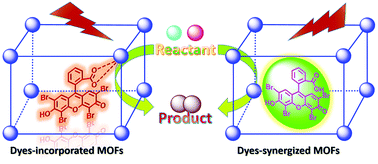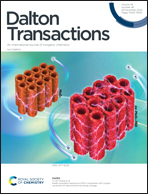Metal–organic frameworks containing xanthene dyes for photocatalytic applications
Abstract
Metal–organic frameworks (MOFs) have recently emerged as a new type of prospective photocatalytic material due to their characteristics such as tunable structures, pore modification, crystalline nature with eliminated structural defects, unique semiconductor properties, etc. However, most of these systems also suffer from low activity, high cost, and low visible light utilization. Xanthene dyes are eco-friendly organic dyes used in photocatalysis. They possess the advantages of low cost, low toxicity, and high visible light response; so, they can be directly used as building blocks to fabricate MOF materials or as proper cocatalysts to increase the absorbance of irradiation leading to the construction of a reasonable photocatalytic system. Herein, we have summarized the recent developments in the study of MOFs containing xanthene dyes for photocatalytic applications. The paper can be divided into two sections depending on whether the xanthene dyes are coordinated in the MOF structure: (i) MOFs synergized with xanthene dyes for photocatalytic applications and (ii) MOFs with xanthene dyes incorporated within ligand backbones for photocatalytic applications. Moreover, in this paper, the present challenges and future opportunities in this field are also discussed.

- This article is part of the themed collection: 2020 Frontier and Perspective articles


 Please wait while we load your content...
Please wait while we load your content...